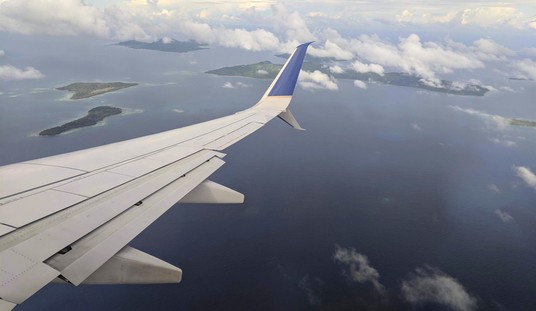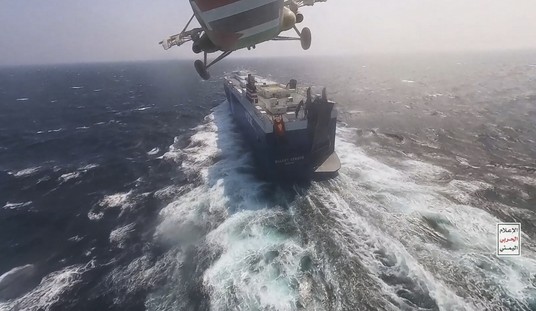One of the reasons we’re supposed to be wary of the Keystone XL Pipeline is its alleged threat to the Ogallala Aquifer, the water source for much of the Great Plains. From Wikipedia:
The depth of the water below the surface of the land ranges from almost 400 feet (122 m) in parts of the north [e.g., Nebraska – Ed.] to between 100 to 200 feet (30 to 61 m) throughout much of the south. Present-day recharge of the aquifer with fresh water occurs at an exceedingly slow rate suggesting that much of the water in its pore spaces is paleowater, dating back to the last ice age and probably earlier. Withdrawals from the Ogallala are in essence mining ancient water. [Emphasis added.]
The pipeline would be separated by almost 400 vertical feet from the aquifer, which is not actively recharged. That makes it extremely unlikely that even a large pipeline leak would contaminate water supplies.
In an attempt to mollify environmental concerns,
The builders of the controversial Keystone XL tar sands pipeline agreed Monday to reroute it around Nebraska’s ecologically fragile Sandhills in the hope the move would shorten any delay in the project, which has posed political complications for the Obama administration.
President Obama is caught between key constituencies. Labor unions want the jobs the pipeline would bring. Environmentalists are opposed to any large scale project, especially one that promotes fossil fuel development.
So he took the bold, decisive approach. He postponed any pipeline decision until after the 2012 election.
All of which recalls another era, and another pipeline in an environmentally sensitive area.
The Trans-Alaska Pipeline System (TAPS) (corrected)
TAPS was built in just over two years in response to the first Arab Oil Embargo. The first barrel was pumped in June 1977.
Cumulative throughput of TAPS is over 16 billion barrels. Sixteen billion domestic barrels, which have built Alaska’s economy, generated jobs and taxes, and displaced 16,000 supertankers of foreign oil.
TAPS is 48 inches across and 800 miles long. It crosses three major mountain ranges and 30 rivers and streams. It was built with private funds: $8 billion, back when $1 billion was considered real money.
TAPS has sustained two large leaks during its 34 years of operation. Both were about 6,000 barrels in volume. One was caused by a saboteur with a high powered rifle. (TAPS is elevated above ground because of freezing ground conditions. Keystone XL would be buried.)
Let’s recall that the lions of the Democratic Party, including Ted Kennedy and Joe Biden, opposed building TAPS. Only the vote of VP Spiro Agnew broke a Senate deadlock to allow pipeline construction to proceed.
The same factions that opposed TAPS then are opposed to Keystone XL now. Most of their dire warnings about the impact of TAPS on Alaska’s pristine wilderness environment were wrong. The caribou are doing fine.
The Obama Administration has dithered on the Keystone XL for a longer period of time than it took to build TAPS.
Cross-posted at stevemaley.com.












Join the conversation as a VIP Member